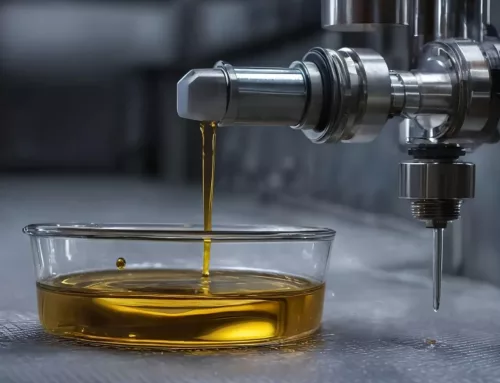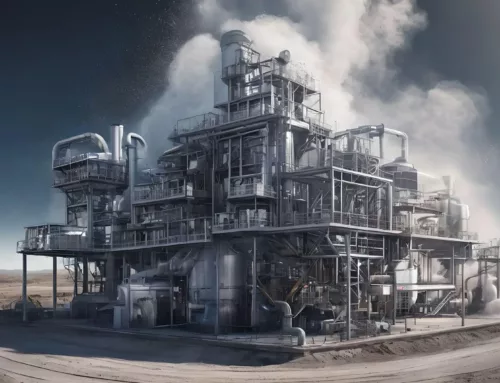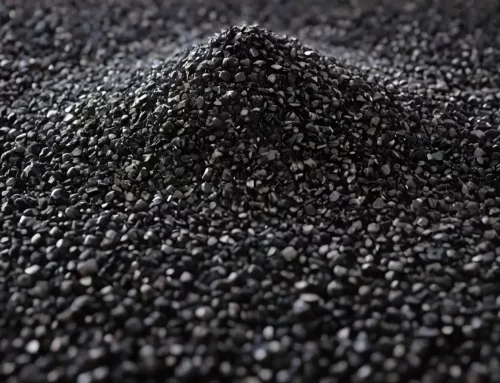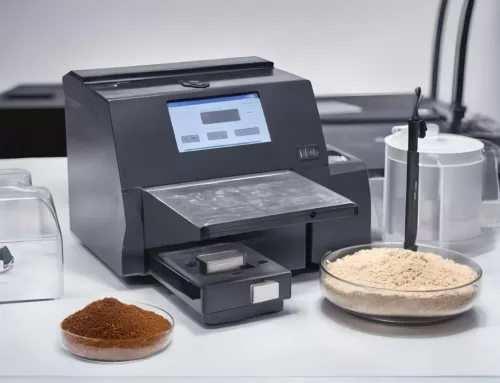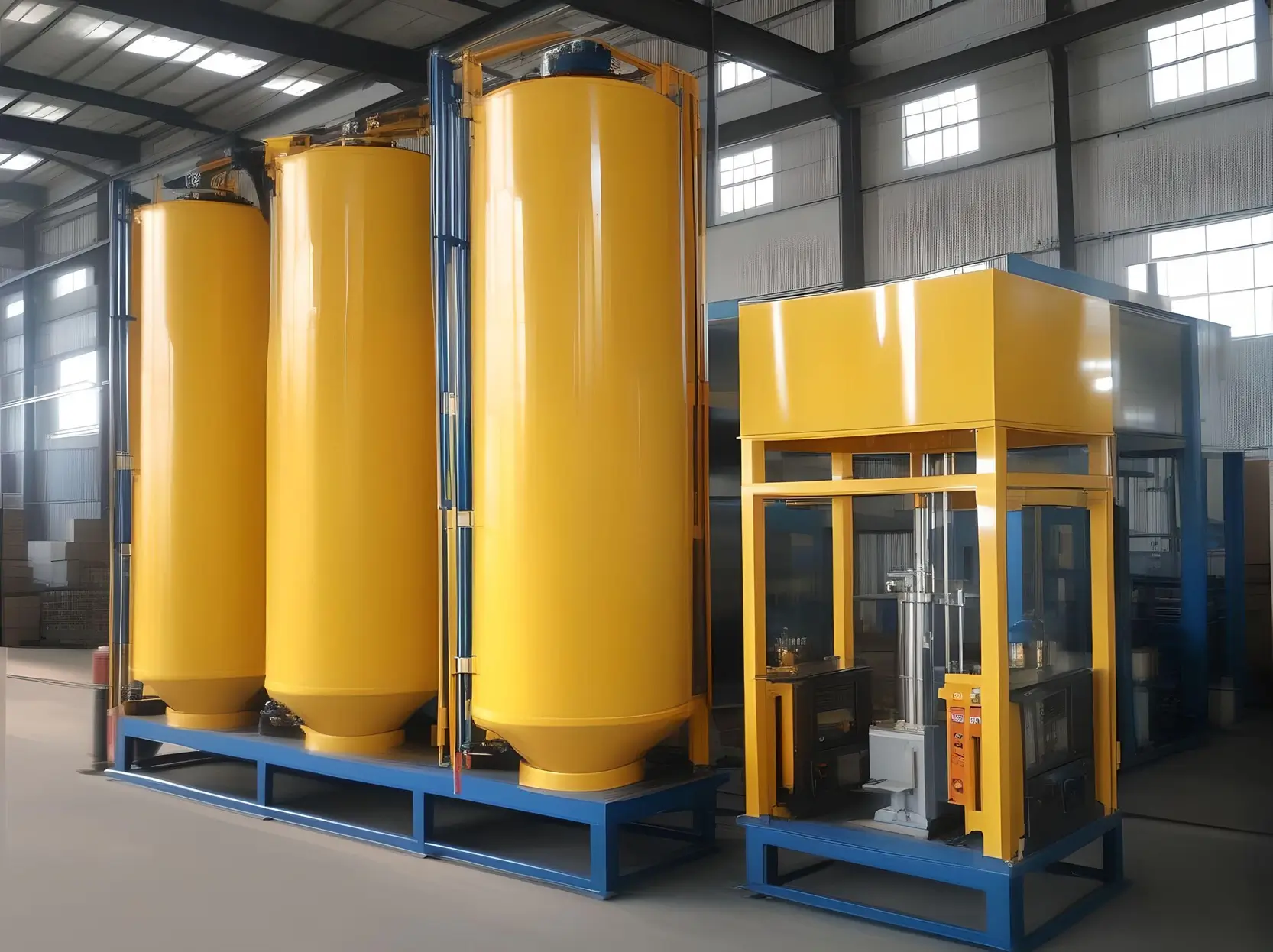
Understanding how particles pack together is crucial across industries like pharmaceuticals and construction, as optimizing this process can significantly enhance product performance and processing efficiency. Powder packing density is a key parameter that influences the mechanical, thermal, and chemical properties of materials.
Powder Packing Density
Packing density refers to the proportion of a given volume occupied by particles within a powder. It is a critical factor in determining the overall density and stability of a material, influencing properties such as mechanical strength, porosity, shrinkage, durability, and thermal and electrical conductivity. Generally, higher packing density results in more robust materials that conduct heat better and withstand stress longer. Accurately assessing packing density requires various measurement techniques, each with its own technical approach and focus. These include tapped density, bulk density, and true density measurements, which together provide a comprehensive understanding of particle packing under different conditions, aiding in the optimization of material properties for specific applications.
Measurement Methods
Tapped density is a standardized technique widely used to assess powder packing density. It typically employs a tap density tester to apply mechanical taps, causing the particles to rearrange into a more compact structure, reducing the overall powder volume. This method provides valuable insights into the compressibility and flow characteristics of the powder.
However, while tapped density shows how powders behave under moderate compaction, it does not represent the ultimate densification achievable under high-pressure conditions like uniaxial or isostatic pressing. The primary purpose of tapped density measurements is to standardize and compare the packing behavior of different powders under consistent tapping conditions. Bulk density measures the mass of particles per unit volume, including the void spaces between
them. It serves as an indicator of the initial state of particle packing before any external compaction forces are applied. Bulk density data is valuable for understanding the powder’s handling and flow properties in its loose state, offering a baseline for further compaction and processing techniques.
True density measures the mass of particles per unit volume, excluding void spaces. It is usually determined using techniques such as helium pycnometry.
The key difference between bulk and true density is the consideration of void spaces. While bulk density includes voids between particles, true density focuses solely on the solid material. Both measurements are essential for comprehensive material characterization. True density provides insights into the material’s properties, such as composition and porosity, which are important for understanding its behavior in various processes.
In contrast, bulk density is more relevant to practical applications involving the handling, storage, and transport of materials. By considering both measurements, industries can optimize material handling, processing, and applications, ensuring better performance and efficiency.
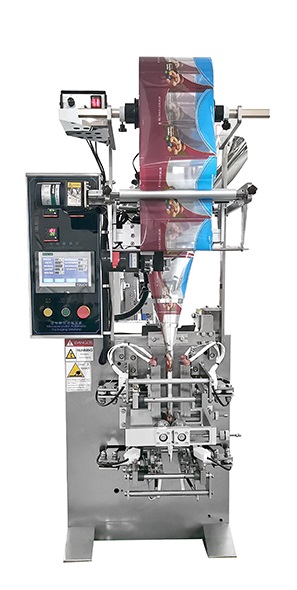
Impact of Density on Material Properties
The mechanical properties of materials are influenced by their packing density. For example, higher packing density in powders results in fewer voids, enhancing load distribution and increasing resistance to mechanical stresses. Metal powders with tightly packed structures exhibit superior strength and durability, making them ideal for additive manufacturing and powder metallurgy. Additionally, powders with higher packing densities have improved thermal conductivity by minimizing air gaps that act as thermal insulators. This is crucial in applications requiring efficient heat transfer, such as thermal interface materials and conductive pastes. For instance, densely packed ceramic powders are preferred in high-temperature environments due to their ability to conduct heat away from sensitive electronic components.
Higher density can also reduce the exposure of reactive surfaces to external environments, thereby enhancing resistance to chemical degradation and corrosion. This is particularly beneficial in powders used for coatings and catalysts, where durability against corrosive substances is essential. However, higher density can introduce trade-offs, such as increased processing difficulty and potential issues with agglomeration or reduced flowability.
In contrast, materials with lower packing density often have more voids, leading to poorer load distribution and reduced mechanical strength. These materials may be less suitable for high-stress applications. The increased air gaps in low-density powders also reduce thermal conductivity, making them less effective in applications where efficient heat transfer is important. However, lower density powders can offer advantages such as easier processing and handling, better flowability, and potentially lower production costs. Achieving higher packing density often requires more advanced techniques and equipment, which can increase manufacturing costs.
Particle Characteristics
Particle size is a fundamental factor affecting packing density. Smaller particles can fill the voids between larger particles, leading to a more compact structure. However, very fine particles may cause poor flowability and tend to form agglomerates, reducing packing efficiency. Particle shape also plays a significant role in determining how particles arrange themselves within a volume. Spherical particles tend to pack more efficiently than irregularly shaped particles due to their ability to roll and fit into tighter configurations. However, certain applications may benefit from the increased surface area provided by irregular shapes, despite a lower packing density. Surface texture is another important factor, as it influences interparticle friction and adhesion. Smooth surfaces promote better flowability and packing efficiency, while rough surfaces can hinder particle movement and result in lower packing density.
Compaction Techniques
Advanced manufacturing techniques, such as spray drying and freeze drying, produce particles with shape properties that enhance packing performance. Techniques like milling and grinding can also modify particle shapes and sizes to improve packing density.
Mechanical compaction methods, including uniaxial pressing, isostatic pressing, and vibratory compaction, apply external forces to achieve denser packing.
These methods are crucial in industries like ceramics and powder metallurgy, where dense packing is essential for high-performance components. Optimizing particle size distribution also improves packing density. Mixing particles of various sizes can effectively fill voids, a technique widely used in concrete production to create denser materials.
Surface treatments and chemical compaction can further enhance packing characteristics. Applying coatings such as silanization or polymers reduces friction and improves flowability, while also enhancing particle compatibility with the surrounding matrix. In pharmaceutical manufacturing, chemical compaction by adding binders or adhesives to powders enhances particle adhesion and reduces void spaces, ensuring uniform Powder Packing Density of active ingredients.
Simulation and Modeling
Advanced computer simulation techniques, such as the Discrete Element Method (DEM), allow researchers to model and predict particle behavior during packing processes. DEM simulations can account for particle shape, size distribution, and interaction forces, providing valuable insights into optimizing packing density. Computational Fluid Dynamics (CFD) is another useful tool for studying powder flow behavior during compaction. By simulating particle movement under various conditions, researchers can identify factors affecting packing density and develop strategies for improvement.
Industry Applications
Many industries rely on density and packing optimization for material processing and final product performance. In the construction industry, optimizing the packing density of aggregates and cementitious materials is essential for producing high-performance concrete with improved durability and reduced permeability. Proper particle packing ensures a dense and cohesive matrix, enhancing the structural integrity of buildings and infrastructure. In pharmaceutical manufacturing, achieving uniform packing density of powders is crucial for producing tablets with consistent
dosages and dissolution rates.
Optimized packing density ensures that active ingredients are evenly distributed, enhancing the efficacy and safety of pharmaceutical products.
The electronics industry depends on high packing density materials to achieve efficient thermal management solutions.
Materials with higher packing density offer superior thermal conductivity, essential for cooling electronic components and preventing overheating, particularly in semiconductor and microchip manufacturing.
In powder metallurgy, optimizing Powder Packing Density ensures uniform sintering and enhanced overall performance of metal components. High packing density is critical in this process to achieve parts with minimal porosity and superior mechanical properties.
Testing and Characterization
Packing density is tested using several methods beyond the previously mentioned density tests. Mercury Intrusion Porosimetry (MIP) forces mercury into the voids between particles, providing detailed information about pore size distribution and packing characteristics.
X-ray Computed Tomography (CT) allows for non-destructive visualization and analysis of the internal structure of packed powders. It provides high-resolution 3D images, enabling researchers to study particle arrangement and identify factors affecting packing density. FTIR spectroscopy can analyze surface coatings and chemical compositions of particles, offering
insights into factors influencing packing density.
Scanning Electron Microscopy (SEM) provides detailed images of particle morphology, surface texture, and size distribution, all essential for optimizing packing density.
Advancements in Technology
Optimized packing density plays a key role in additive manufacturing processes, such as 3D printing. The higher packing density of powders ensures better layer adhesion and mechanical properties, enabling the production of complex, high-performance components. In energy storage applications like batteries and supercapacitors, the high packing density of active materials enhances energy density and efficiency. Optimizing the packing of electrode materials improves charge and discharge rates, extending the lifespan of energy storage devices.
In catalysis, the packing density of catalyst particles affects the efficiency
of chemical reactions. High packing density improves contact between reactants and catalysts, enhancing reaction rates and product yields. Optimized packing also improves the stability and longevity of catalysts.
In filtration applications, the packing density of filter media influences the efficiency and capacity of filters. High packing density improves the capture of contaminants and ensures better flow rates, essential for water treatment, air purification, and industrial processes.
Conclusion on Powder Packing Density
Packing density is a hidden but crucial factor across various industries and everyday life. From maximizing space in shipping containers to influencing battery performance and even the feel of your sheets, efficient packing of materials is key. Denser packing translates to more efficient use of space, improved product performance, and enhanced stability and safety in pharmaceuticals and explosives. Next time you pack your groceries, move to a new home or admire the smooth texture of your bed sheets, remember that packing density is silently playing its universal part.

